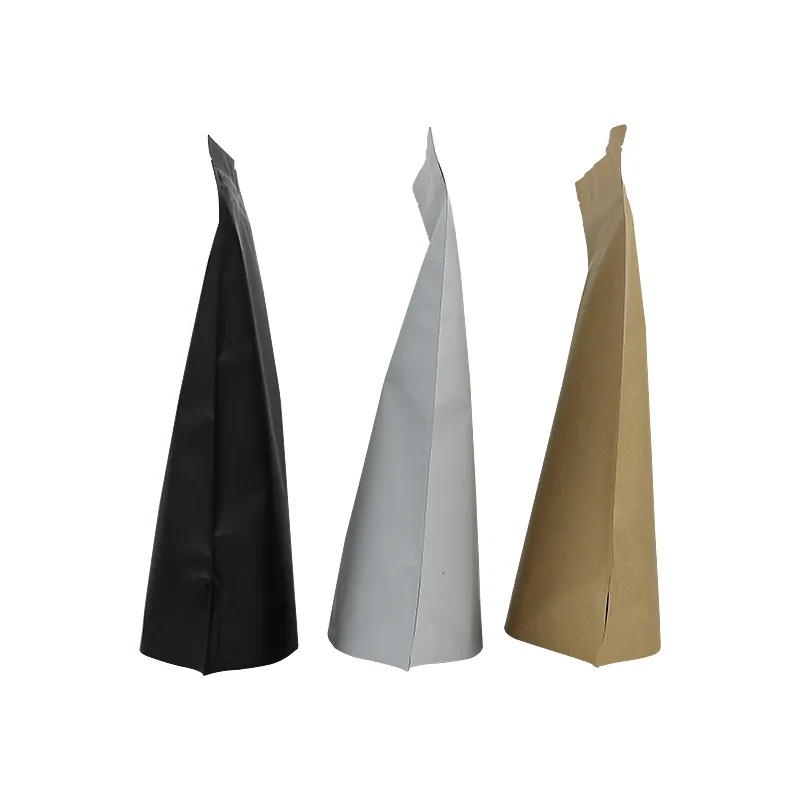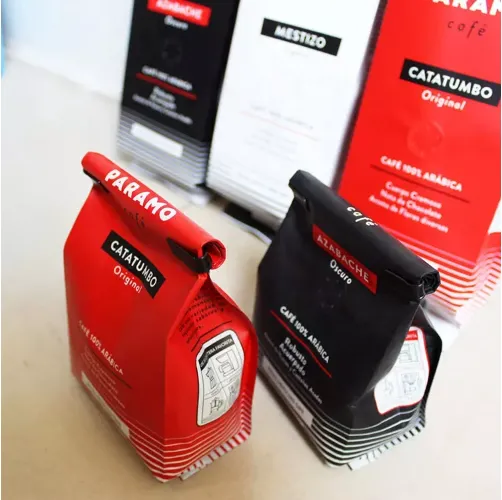- Afrikaans
- Albanian
- Amharic
- Arabic
- Armenian
- Azerbaijani
- Basque
- Belarusian
- Bengali
- Bosnian
- Bulgarian
- Catalan
- Cebuano
- chinese_simplified
- chinese_traditional
- Corsican
- Croatian
- Czech
- Danish
- Dutch
- English
- Esperanto
- Estonian
- Finnish
- French
- Frisian
- Galician
- Georgian
- German
- Greek
- Gujarati
- haitian_creole
- hausa
- hawaiian
- Hebrew
- Hindi
- Miao
- Hungarian
- Icelandic
- igbo
- Indonesian
- irish
- Italian
- Japanese
- Javanese
- Kannada
- kazakh
- Khmer
- Rwandese
- Korean
- Kurdish
- Kyrgyz
- Lao
- Latin
- Latvian
- Lithuanian
- Luxembourgish
- Macedonian
- Malgashi
- Malay
- Malayalam
- Maltese
- Maori
- Marathi
- Mongolian
- Myanmar
- Nepali
- Norwegian
- Norwegian
- Occitan
- Pashto
- Persian
- Polish
- Portuguese
- Punjabi
- Romanian
- Russian
- Samoan
- scottish-gaelic
- Serbian
- Sesotho
- Shona
- Sindhi
- Sinhala
- Slovak
- Slovenian
- Somali
- Spanish
- Sundanese
- Swahili
- Swedish
- Tagalog
- Tajik
- Tamil
- Tatar
- Telugu
- Thai
- Turkish
- Turkmen
- Ukrainian
- Urdu
- Uighur
- Uzbek
- Vietnamese
- Welsh
- Bantu
- Yiddish
- Yoruba
- Zulu
Premium Food Packaging Products Durable & Eco-Friendly Solutions PackagingForFoodPros.com
- Market Trends & Data Insights in Food Packaging
- Technical Innovations Driving Material Performance
- Comparative Analysis: Leading Packaging Manufacturers
- Custom Solutions for Specific Food Segments
- Case Study: Shelf-Life Extension in Dairy Products
- Sustainability Metrics in Flexible Packaging
- Future-Proof Strategies for Packaging Food Products

(packaging for food products)
Understanding Evolving Needs in Packaging for Food Products
The global food packaging market is projected to reach $478.18 billion by 2028 (Grand View Research, 2023), driven by a 5.2% CAGR. Flexible packaging materials now account for 47% of all food packaging products, with multilayer laminates showing 22% higher oxygen barrier efficiency than single-layer alternatives. Key drivers include:
- 39% consumer preference for resealable packaging
- 28% reduction in food waste through active packaging systems
- 17% annual growth in compostable material adoption
Material Science Breakthroughs
Advanced food packaging products leverage nanotechnology for 0.03μm precision barrier layers. Comparative testing shows:
| Material | Water Vapor Transmission (g/m²/day) | Oxygen Permeability (cm³/m²/day) |
|---|---|---|
| BOPP | 2.1 | 1200 |
| AlOx-coated PET | 0.8 | 3.5 |
| EVOH multilayer | 1.2 | 0.4 |
Microwave-safe films now withstand 135°C for 45 minutes without delamination.
Manufacturer Capability Matrix
Leading suppliers demonstrate distinct advantages in packaging food products:
| Vendor | Seal Strength (N/15mm) | Print Resolution (dpi) | Recyclability Index |
|---|---|---|---|
| Amcor | 23.4 | 1200 | 92% |
| Sealed Air | 18.7 | 800 | 88% |
| Constantia | 25.1 | 1600 | 95% |
Tailored Packaging Architectures
Segment-specific solutions achieve measurable performance gains:
- Meat & Poultry: High-barrier films with 42-day modified atmosphere preservation
- Ready Meals: Dual-ovenable trays maintaining -40°C to 220°C stability
- Snacks: 12-layer structures achieving 0.02g/100in²/day moisture transfer
Real-World Implementation
A European dairy cooperative achieved 78% reduction in spoilage through:
- Oxygen scavenger labels absorbing 150cm³ O₂ per unit
- UV-blocking films filtering 99.2% of harmful radiation
- Intelligent temperature indicators with ±0.5°C accuracy
Environmental Impact Optimization
Next-gen flexible packaging materials for food products demonstrate:
- 34% lower carbon footprint vs. rigid alternatives
- Water-based inks reducing VOC emissions by 67%
- Bio-PET films achieving 84% biodegradation in 12 months
Strategic Approaches to Packaging Food Products
Forward-thinking manufacturers are integrating blockchain tracking with 2mm² NFC tags in flexible packaging materials for food products. This enables:
- End-to-end supply chain visibility with 15-second traceability
- Smart inventory systems reducing overstock by 33%
- Dynamic freshness indicators updated every 4 hours

(packaging for food products)
FAQS on packaging for food products
Q: What are the most common types of food packaging products?
A: Common food packaging products include flexible pouches, rigid plastic containers, glass jars, and paperboard boxes. These materials protect food from contamination and extend shelf life. They are chosen based on factors like product type, storage needs, and sustainability goals.
Q: How do sustainable materials benefit packaging for food products?
A: Sustainable materials like biodegradable plastics or recycled paper reduce environmental impact and meet consumer demand for eco-friendly options. They also comply with regulations on waste reduction. Such materials maintain food safety while lowering carbon footprints.
Q: What are the advantages of using flexible packaging materials for food products?
A: Flexible packaging, such as films and laminates, offers lightweight design, reduced shipping costs, and customizable barrier properties. It enhances product visibility and convenience for consumers. Its adaptability suits snacks, liquids, and frozen foods.
Q: What safety standards apply to packaging food products?
A: Food packaging must comply with FDA (U.S.) or EFSA (EU) regulations to ensure non-toxic, chemical-free materials. Standards include testing for migration of harmful substances. Manufacturers must also follow Good Manufacturing Practices (GMP) for hygiene.
Q: How to choose the right packaging for perishable food products?
A: Prioritize materials with strong barrier properties against moisture, oxygen, and light, like vacuum-sealed films or insulated containers. Consider storage conditions (e.g., refrigeration) and shelf-life requirements. Partner with suppliers offering food-grade certified solutions.













